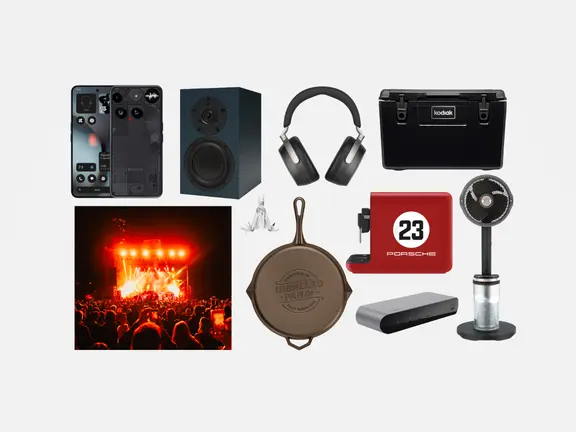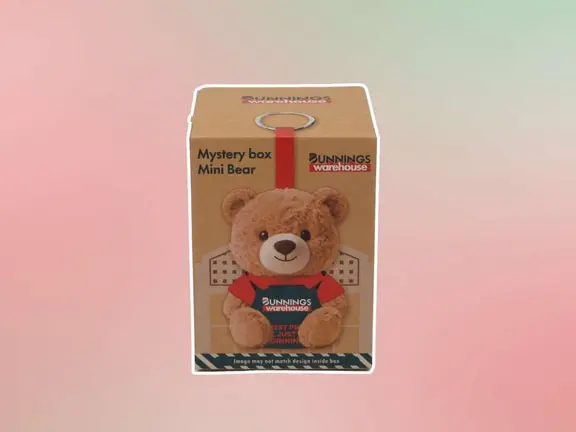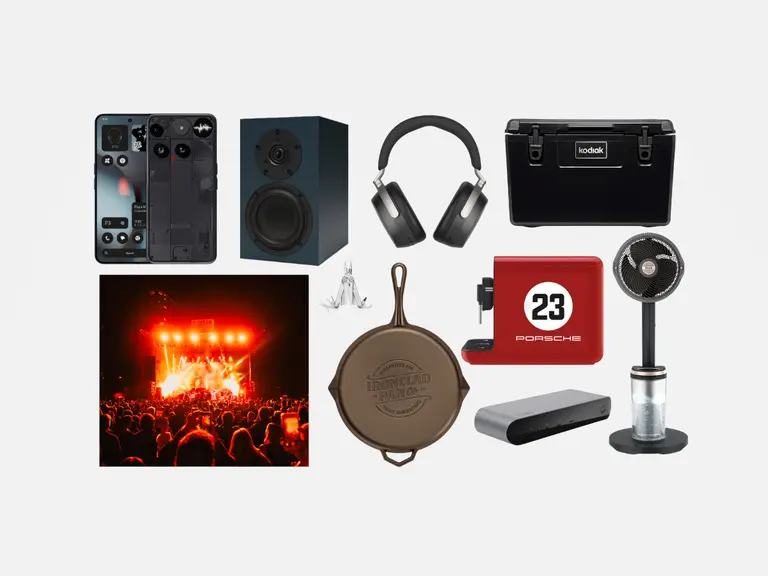
Published:
Readtime: 6 min
Every product is carefully selected by our editors and experts. If you buy from a link, we may earn a commission. Learn more. For more information on how we test products, click here.
The way you show romantic love is commonly known as a ‘love language’, a term created by Gary Chapman PhD in the early 1990s. A pastor in the Baptist Church, Chapman’s theory that everyone shows romantic love in one of five ways quickly made it into the mainstream and can now be seen in TikTok videos by romantics the world over, but have you ever wondered what else love languages are good for? Put in the right context, understanding and acknowledging the love languages in your life could actually make you a better, more fulfilled worker.
RELATED: 8 Tell-Tale Signs of a Toxic Relationship

The idea is that your love language is the way you recognise and value love in romantic relationships. If you feel affection through hugs and handholding, your love language is likely ‘physical touch’. Whereas if a cup of coffee made without request in the morning makes you smile, you may prefer ‘acts of service’.
Whether you’re in a romantic one or not, we’re quickly learning that the five love languages also manifest in other interpersonal relationships. Similar to the Myers-Briggs personality types or the DISC profiling system, your preferred love language could too influence your interpersonal relations in the workplace.
Knowing your own love language in an office setting is invaluable as you’ll be able to recognise whether conflict is from your love language needs not being met – external to the issue at hand. However, the crux is also knowing the love language of your team. If Jim from Accounts prefers ‘words of affirmation’, then a simple ‘thanks for jumping on this quickly, you’re the best’ will go a long way to improving your work relationship.
These are the five love languages and how they can manifest in the office:

Words of Affirmation
If a person prefers to be told verbally that they are loved, or that they make other people happy, their love language is ‘words of affirmation’. This manifests in the workplace as receiving praise, so do your best to seek and give words of affirmation as much as possible.
Never underestimate the power of a ‘good job’, or ‘you’re killing it!’ for someone who values words of affirmation. In fact, this is my love language and I have a specific folder marked ‘Feedback’ where I drop those emails when received, so good do they make me feel. No doubt there will be people in your office who do the same.
Physical Touch
Yes, this is probably the least relevant one for the office scenario, but it doesn’t mean it should be discounted – just add some boundaries.
In a romantic relationship, the physical touch love language comes in the form of hugs, hands on your partner’s thigh when they’re driving, or holding hands as you get your morning coffee.
In the office, it’s extending a handshake to new clients, or playfully slapping your mate on the back as he makes a joke. Those who value physical touch will be the more ‘huggy’ of friends out at the pub for Friday night beers – think: one arm around you as you sing along to Livin’ On A Prayer, with a bevvy in the other hand.
Receiving Gifts
In romantic relationships, this love language is easy to manage – you simply remember every mini-anniversary, birthday, 25 Valentine’s Day Gift Ideas For Her for your loved one.
Second only to physical touch, receiving gifts can be an odd love language in the office, however, managers who pay attention to those with the ‘receiving gifts’ love language will reap the rewards.
Know and celebrate your employees’ work anniversaries, birthdays and big milestones like winning new accounts, buying a house, or getting engaged. If they value this love language, receiving gifts for these occasions will mean a lot to them, and help with loyalty and retention. They don’t need to be big either – with all love languages, it’s the thought that counts, so set yourself a company budget and gift them something meaningful.

Acts of Service
Coffee in the morning, picking up your lunch for you when you’re busy, bringing items from the office printer to your desk – these are all acts of service that can be done in the home or the workplace.
They’re the little things that show someone you’re thinking of them, and they may just be the simplest way to demonstrate kindness in all your relationships. At the workplace, acts of service include asking the whole office ‘does anyone want anything from outside?’ before you pop down to the Post Office, or giving up your summer hours one Friday to help a colleague who is stuck on a creative brief.
No matter how you provide an act of service, remember they are often thankless but very appreciated and memorable. Especially if this is the recipient’s love language.
Quality Time
My favourite of all the workplace love languages, quality time is so important in today’s office culture. In romantic relationships, quality time will include watching TV together on the couch or carving out time with your live-in partner, so they feel like a lover and not just a housemate.
In the office, however, it’s as simple as management being available to meet with the junior employees. It’s colleagues going out to lunch together to bond over the big account they’ve just won (or lost). It’s mentor sessions, passing conversations in the kitchen, collaborative teamwork, focused attention on a colleague who may be struggling…
Whether it’s 10 minutes or 60 minutes, the best quality time is one delivered with a dedication to the person/s you’re spending that time with. Now that’s a love language we can get behind.
About the Author: Tammi Miller is a certified practising counsellor, founder of BARE Therapy, and author of Paperback Therapy: Therapist-approved tools and advice for mastering your mental health. The Sydney-based professional is a Provisional Member of the Psychotherapy and Counselling Federation of Australia, and received her training at the Australian College of Applied Psychology (ACAP) in 2020.
Love Language FAQs
What are the love languages? A concept created by Dr. Gary Chapman through his long-time work as a marriage counsellor, love languages dictate how we give and receive love. There are five main types of love language, and they are: words of affirmation, acts of service, receiving gifts, quality time, and physical touch.
A recent study by YouGov found that the love language preferred by the most people is quality time: 38% rank this as their top love language. Women — those under 45 (41%) and those 45 and over (44%) — are especially likely to say quality time is their favorite way to receive love.

































Comments
We love hearing from you. or to leave a comment.